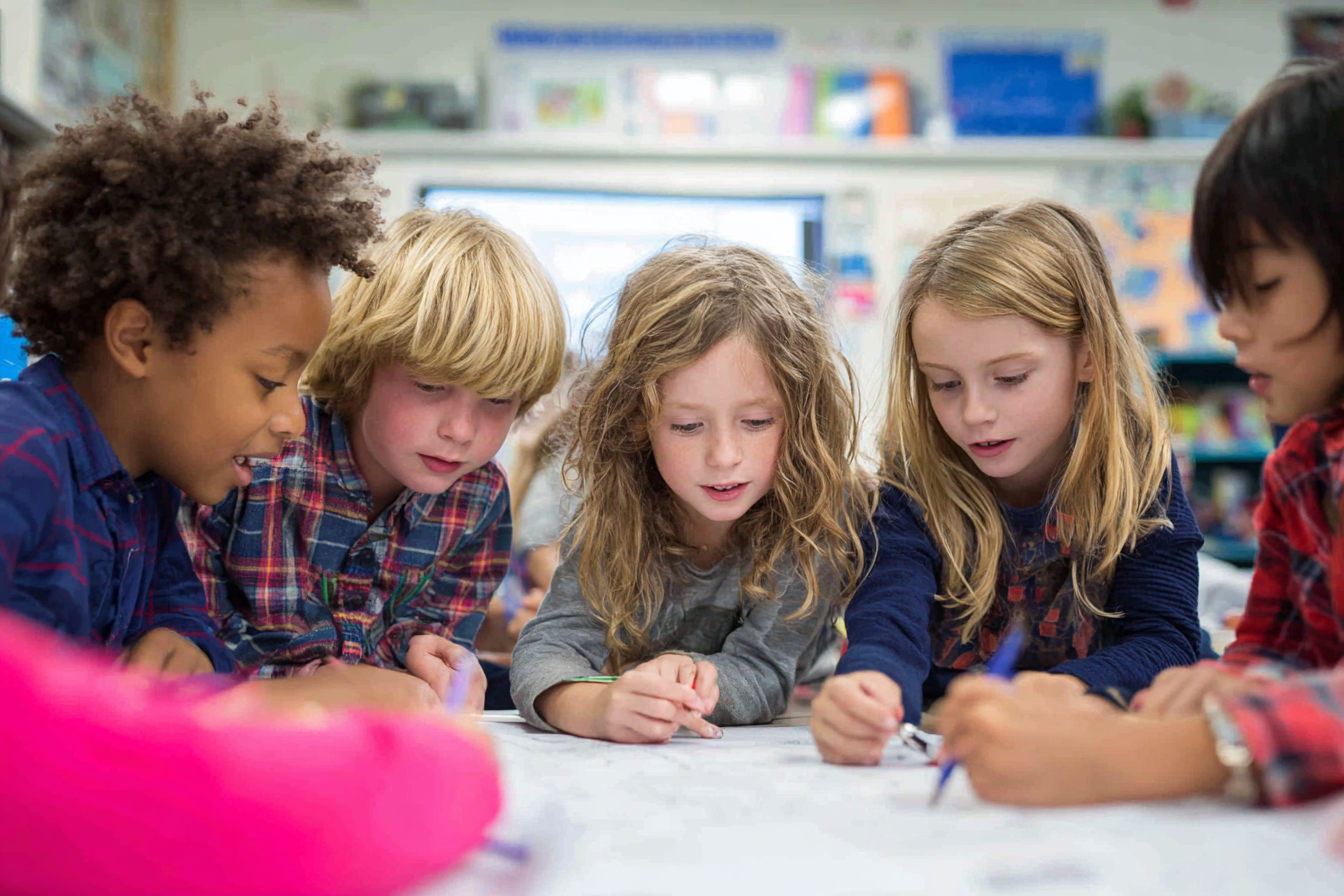Unit Plan 25 (Grade 2 Social Studies): Inventions That Changed Lives
Explore how inventions, tools, and transportation have changed life over time, helping students learn about needs, wants, jobs, and the natural, human, and capital resources behind technology.

Focus: Explore how new tools, transportation, and technology have changed how people live, work, and move, and connect inventions to jobs, needs/wants, and the resources needed to make them.
Grade Level: 2
Subject Area: Social Studies (History • Economics • Inquiry)
Total Unit Duration: 5 sessions (one week), 30–45 minutes per session
I. Introduction
In this unit, students learn how inventions have changed life from the past to today. Using photographs, artifacts/toys, and simple stories, they compare how people did everyday tasks “then” and “now” (for example, washing clothes, traveling, or talking to each other). Students discover that inventions are created by people who work to solve problems and meet needs and wants, and that each invention uses resources: things from nature, workers and skills, and tools or machines. By the end of the week, each student creates an “Invention Story Strip” that shows how one invention changed life over time.
Essential Questions
- How do inventions change the way people live, work, and travel?
- How can we tell the difference between the past and the present when we look at tools and transportation?
- Why do people work, and how do inventions connect to meeting needs and wants?
- What resources (natural, human, capital) are needed to make and use inventions?
II. Objectives and Standards
Learning Objectives — Students will be able to:
- Distinguish past and present by comparing photographs, artifacts, and simple accounts of tools, transportation, and technology.
- Describe why people work (to meet needs and wants) and connect inventions to jobs and earning/saving/spending money.
- Identify natural resources, human resources (workers/skills), and capital resources (tools/machines) used to make a few common inventions.
- Sort examples into past vs. present, needs vs. wants, and natural/human/capital resource groups using picture cards.
- Create an Invention Story Strip (or mini-poster) that shows before and after an invention, plus the workers and resources involved.
Standards Alignment — 2nd Grade (C3-based custom)
- 2.C3.Hist.2 — Distinguish past and present using photographs, artifacts, and accounts; note change over time.
- Example: Compare a one-room schoolhouse to your school today.
- 2.C3.Econ.3 — Describe why people work; connect earning, saving, and spending to meeting needs/wants.
- Example: Plan how to save class tokens for a larger group reward.
- 2.C3.Econ.5 — Identify natural resources, human resources (workers/skills), and capital resources (tools) used to make things.
- Example: Paper (trees), builder (skill), hammer (tool).
Success Criteria — Student Language
- I can look at pictures or objects and tell which one shows the past and which shows today.
- I can explain how one invention (like a phone, car, or washing machine) changed how people live or work.
- I can tell why people work and how they use money to meet needs and wants.
- I can name and sort examples of natural, human, and capital resources used to make an invention.
- I can make an Invention Story Strip that clearly shows before/after and uses at least a few key words (past, present, work, needs, resources).
